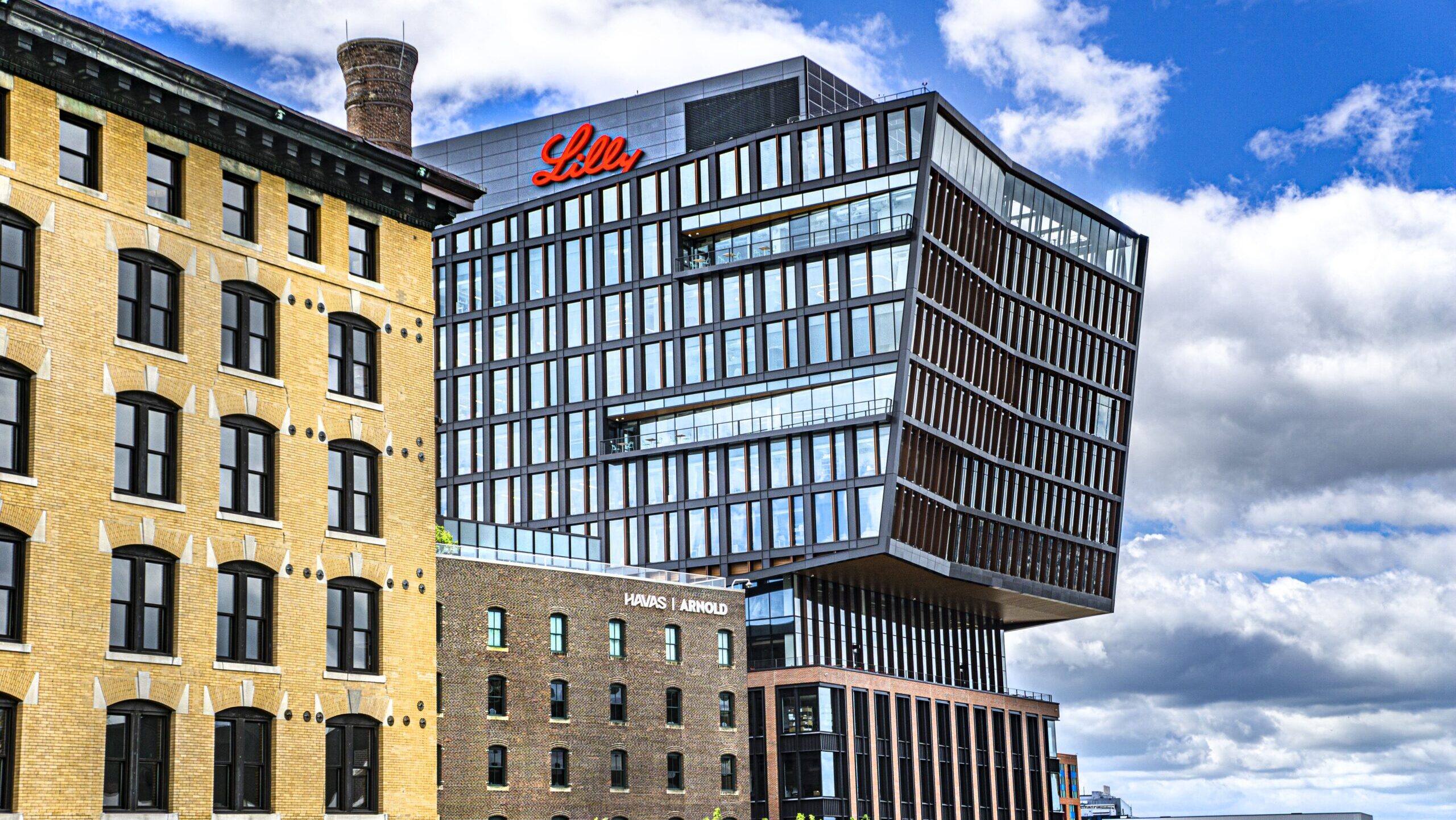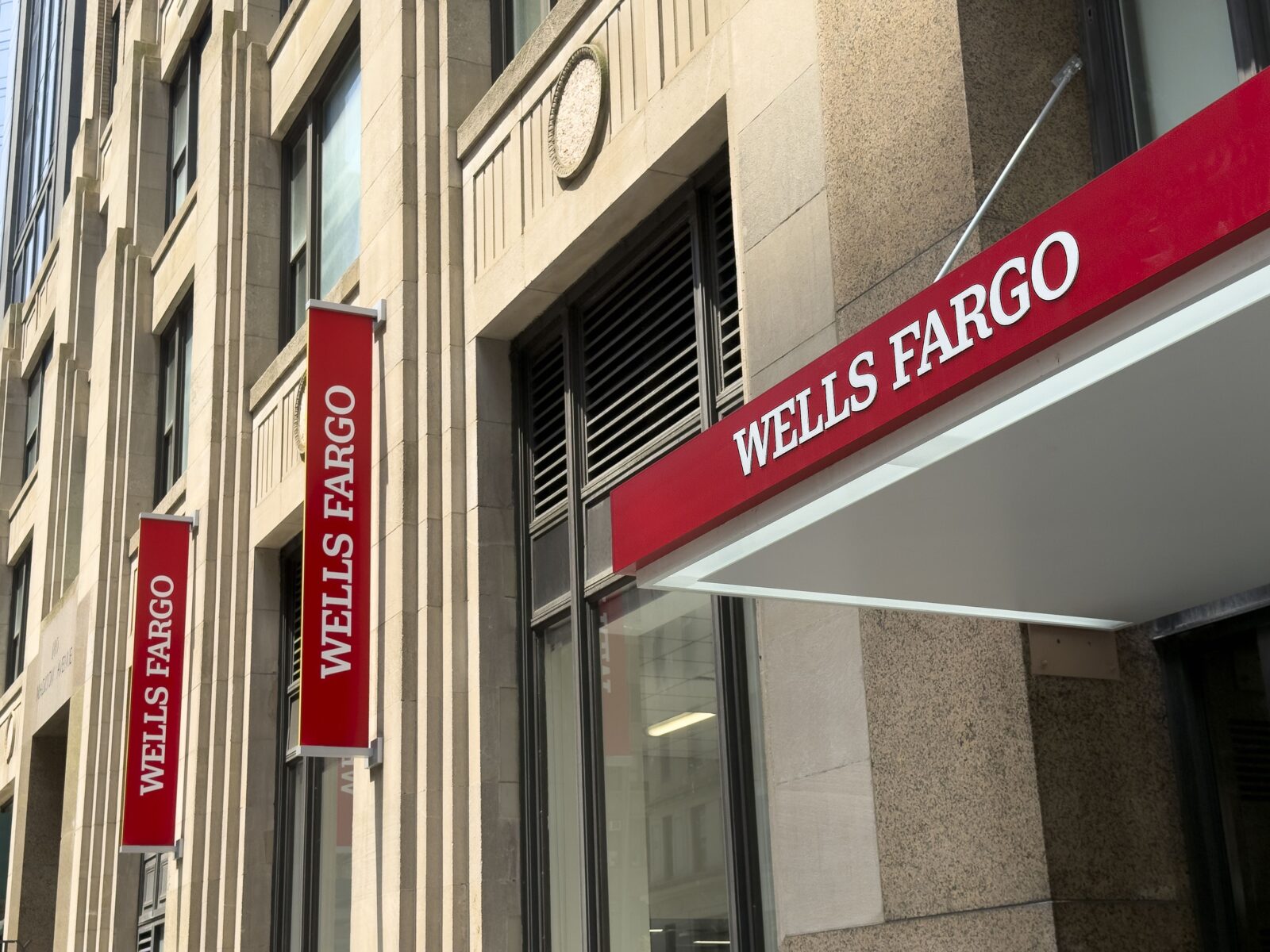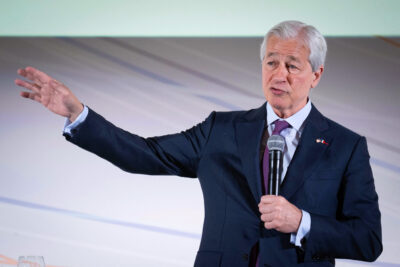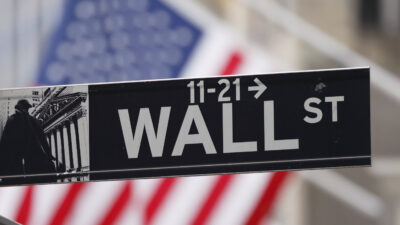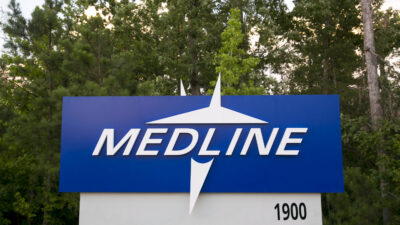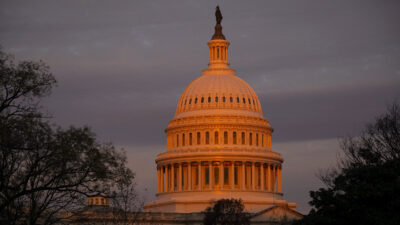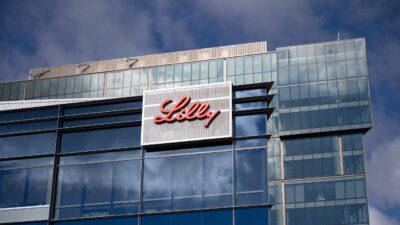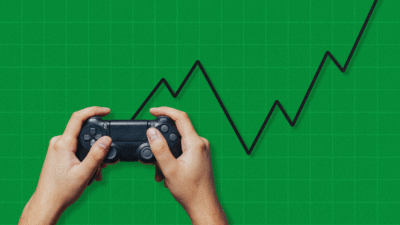Eli Lilly’s Miracle Weight Loss Pill May Not Be Miraculous Enough
Lilly’s second-quarter results reported Thursday were still more than fine: $15.5 billion in revenue beat Wall Street estimates.
Sign up for smart news, insights, and analysis on the biggest financial stories of the day.
Eli Lilly shares looked like they’d been through an intensive Zepbound weight-loss treatment Thursday, losing 14% of their value on the New York Stock Exchange. Shareholders prefer their stocks to bulk up.
The culprit was data for Lilly’s weight loss pill, meant to expand the reach of its existing GLP-1 treatment for obesity. What it underscored is just how fierce, down to mere percentage points, the next several years of competition in the medical weight loss market will be.
The Percentage Gap
Lilly’s second-quarter results reported Thursday were more than fine: $15.5 billion in revenue beat Wall Street estimates. And the company continued a streak of winning market share from its chief rival in the business of GLP-1s, which have been hailed as miracle drugs for their usefulness in treating diabetes and obesity.
On Wednesday, Denmark’s Novo Nordisk said GLP-1 diabetes drugs’ sales growth slowed to just 8% in the second quarter, far behind the 21% posted last year. Sales of obesity drugs, including Wegovy, rose 56%, the same pace as last year. A day later, Lilly revealed that it continued to encroach on its rivals’ market share in the second quarter, with Mounjaru revenue up 68% year-over-year to $5.2 billion and Zepbound revenue up 172% to $3.4 billion. The company raised its full-year guidance by $1.5 billion to between $60 billion and $62 billion.
But then came the data everyone was anticipating. GLP-1s have become so popular that one in eight US adults, or 12%, told a poll by KFF Health last year that they had taken a GLP-1 drug before, while 6% said they were then using one. But the treatments are currently administered through a weekly injection, which companies say drives away patients averse to needles. To remedy that, Eli Lilly and Novo Nordisk have been developing GPL-1 pills, which could unlock billions in new sales. Morgan Stanley analysts previously said the bull case for Lilly’s GLP-1 pill treatment for obesity and diabetes is $40 billion in annual sales by 2033. Thursday revealed a slight hitch:
- The pills have a problem: Lilly’s orforglipron helped non-diabetic overweight or obese patients lose 12.4% of their weight in a late-stage study. Sounds great, except it’s less than the 15% weight loss achieved by Novo Nordisk’s oral version of Wegovy, for which that company is already seeking FDA approval.
- The performance gap was substantial enough to convince many investors that Novo’s pill will have the upper hand when the two go to market. After the data was released, one analyst — David Risinger of Leerink Partners — cut his forecast for orforglipron’s 2030 sales by 38% to $13.5 billion.
And the Winner Is: Novo, at least for a day. Losing market share to Lilly and copycat drugmakers has weighed heavily on the company, with its shares falling over 43% this year. The news of the muted performance of its chief rival’s GLP-1 pill sent Novo’s shares up 7.5% on Thursday. Both treatments are still expected to be big earners, but Novo — which has also had to tangle with tariff threats this year, unlike US-based Lilly — can claim another small victory in the race to produce the biggest (weight) loser.
